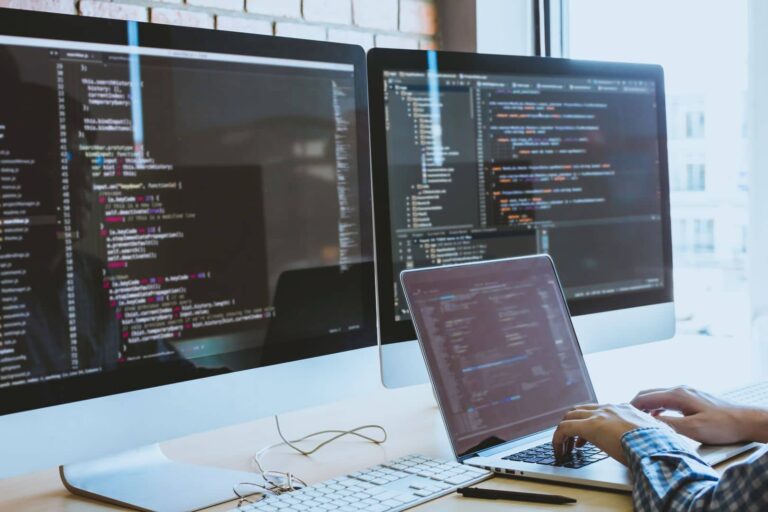Since the ruling of the Federal Labor Court (BAG) in 2022, it has been clear that employers in Germany are obliged to record working hours – regardless of the place of work or the basis of trust. But how can this be reconciled in practice with working from home and trust-based working hours?
The new reality: flexibility meets documentation requirements
Mobile working and flexible working time models have long since arrived in the middle of the working world. Working from home and trust-based working hours in particular are regarded as modern forms of work that give employees personal responsibility and freedom.
However, the Federal Labor Court (BAG) clarified this in September 2022: Employers are obliged to introduce a system for recording working hours (Section 3 ArbSchG as interpreted by the BAG). Legislators have been working on a specific design since the ruling – but the obligation already exists.
What does this mean for companies in concrete terms?
Many people ask themselves: Does the obligation also apply to trust-based working time? The answer is yes. Even if employees can organize their own working hours, employers must still ensure that working hours are recorded and documented – also in order to monitor break times and maximum working hours in accordance with the Working Hours Act (ArbZG).
This does not necessarily have to involve time clocks or meticulous monitoring. The decisive factor is that the start and end of work and breaks can be documented – whether using manual entries or digital tools.
Occupational health and safety in the home office: recognizing and preventing burnout – with digital support
The boundaries between work and private life become particularly blurred when working from home. Many employees work longer hours than in the office, forgo breaks or are “always available”. In the long term, this can lead to mental overload and burnout.
Take warning signs seriously:
- Constant exhaustion despite sufficient sleep
- Concentration problems and irritability
- Feeling of “no longer being able to switch off”
- Working beyond legally permitted limits
This is also where time tracking comes into play – not only for documentation, but also for prevention. Modern time recording tools can help here:
- Transparency about actual working hours including overtime development
- Reminder of breaks or closing times
- Dashboards for managers to recognize unhealthy work patterns early on, even when working remotely
- Self-reflection for employees: Do I see my own stress?
Burnout often develops gradually. A tool that signals early on: “You’ve worked 56 hours this week” can be an important wake-up call – for employees and managers alike.
Time tracking in the home office: challenges & solutions
Especially when working from home, the question arises: How can time tracking be carried out in a practical and trustworthy manner? Typical challenges in the home office are
- No stationary hardware such as terminals or card readers
- Flexible working hours (e.g. breaks for childcare)
- Unclear rules on availability and core working hours
Possible solutions for time tracking in the home office include:
- Digital time recording tools that can be used via browser or app
- Self-entry by employees
- Integration into existing systems with linking of working time and project time recording
Trust-based working hours ≠ no time tracking
A common misconception is that no time tracking is required for trust-based working hours. It is true that trust-based working time concerns the “how” of work performance, not the “how long”. Employers can continue to rely on individual responsibility – but must provide a system that enables working time documentation. A purely “perceived control” or voluntary note is not legally sufficient.
Best practices for modern working time recording
The following best practices are recommended in order to fulfill legal requirements and strengthen the corporate culture:
- Communicate clearly why time tracking is being introduced or adapted
- Use simple, intuitive tools to keep effort to a minimum
- Observe data protection: Only collect necessary data and handle it transparently
- Obtain feedback from employees to make the system practicable
- Consider hybrid models: Rules for office, home office and mobile working must be integrated
Conclusion: Duty and trust are not contradictory
Working time recording does not have to be a control instrument. When implemented correctly, it becomes a tool for fairness, transparency and self-organization – especially in hybrid working models. Modern systems enable user-friendly recording that fits seamlessly into everyday working life.
The topic of time tracking also plays a role in current politics. We have summarized what the federal government is planning for you in this text.
More knowledge about working time recording:
You are currently viewing a placeholder content from YouTube. To access the actual content, click the button below. Please note that doing so will share data with third-party providers.
More Information

